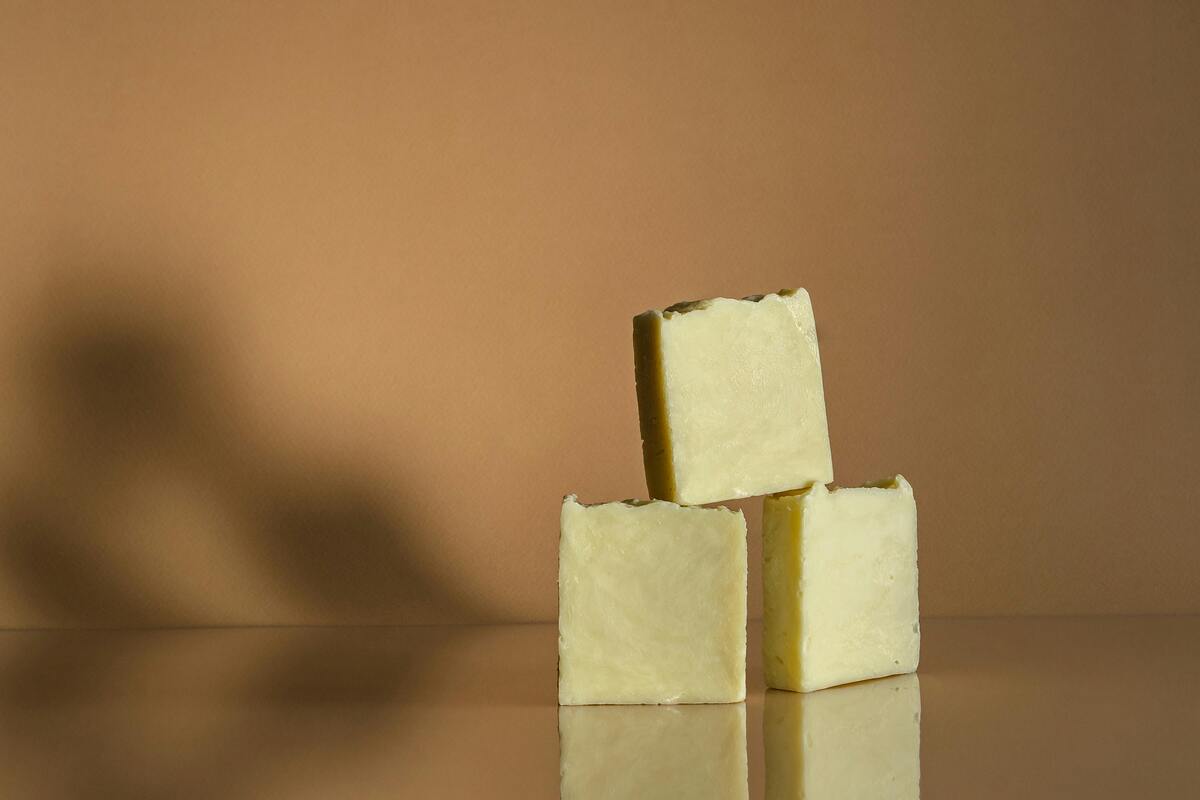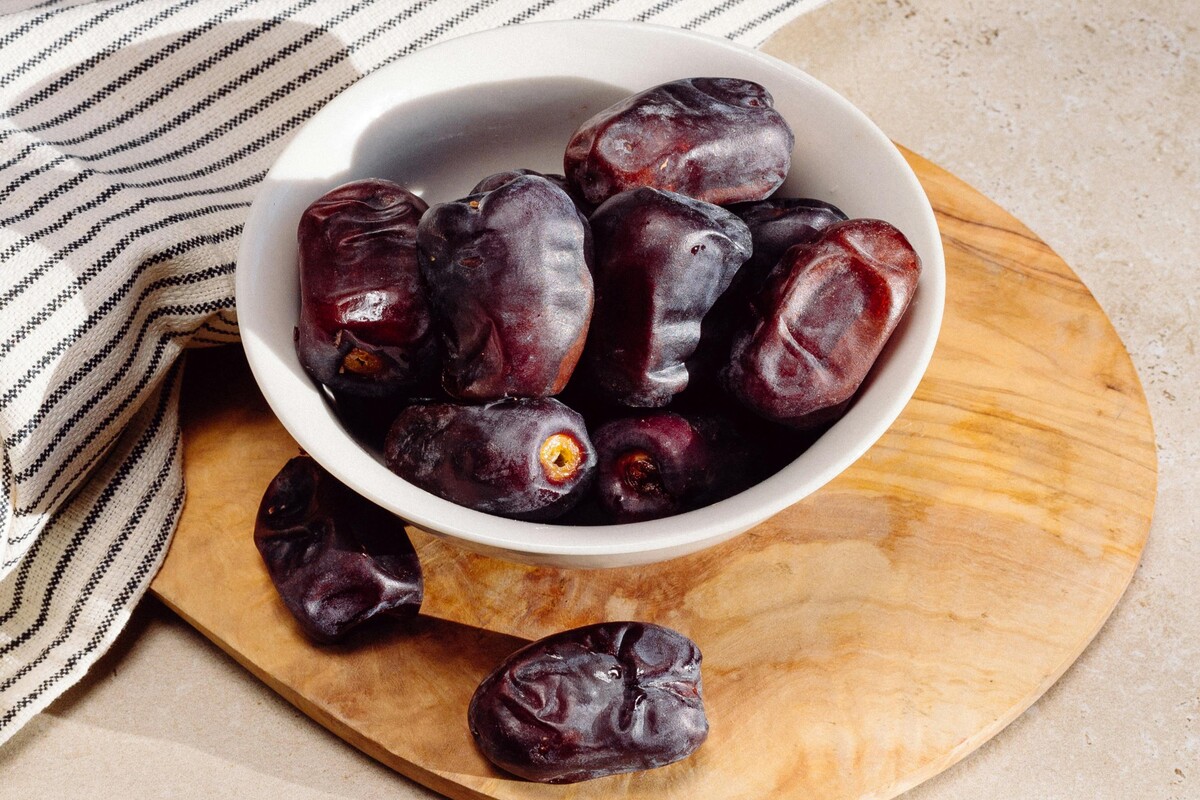Isra' Wal Mi'raj is one of the most significant events in Islamic history. On this extraordinary night, the Prophet Muhammad (PBUH) embarked on a miraculous journey. He ascended from the earthly realm to the heavens by the will of Allah.
During a period of great hardship, Prophet Muhammad (PBUH) faced the loss of his beloved wife, Khadijah (RA), and his uncle, Abu Talib. He also encountered hostility from his people. In this time of sorrow, Allah blessed him with the miraculous journey of Isra' Wal Mi'raj. This offered him spiritual solace and divine recognition for his perseverance.
This journey holds immense importance for Muslims. It is filled with miracles beyond human comprehension. It beautifully depicts the power and vastness of Allah.
It was also a night when Muslims received a profound blessing that will keep them connected to their Almighty forever, the gift of Salah.
Let’s delve into the details of this great night of power and blessings.
Trials and Triumphs Before Isra’ Wal Mi’raj
Before embarking on the miraculous journey of Isra' Wal Mi'raj, the Prophet Muhammad (PBUH) endured profound personal losses. He lost his beloved wife, Khadijah (RA), who had been his unwavering support. He also lost his protective uncle, Abu Talib. With Abu Talib gone, the Prophet (PBUH) faced increased hostility from the Quraish tribe. This difficult time is known as the Year of Sorrow.
In addition to these immense losses, the Prophet (PBUH) encountered great opposition from his own people. He travelled to Ta’if, hoping to spread the word of Allah, but was met with harsh rejection. The children of the city even stoned him, forcing him to leave without achieving his goal.
Amidst all this sorrow and grief, Allah granted him the miraculous journey of Isra' Wal Mi'raj. This extraordinary experience provided the Prophet (PBUH) spiritual comfort and acknowledged his perseverance through hardship. As Allah reminds us in the Quran,
“So, surely with hardship comes ease”
(Surah Ash-Sharh, 94:5)
The Isra’: Prophet Muhammad’s (PBUH) Night Journey

Isra' refers to the first part of the journey where the Prophet Muhammad (PBUH) travelled from Makkah (Mecca) to Jerusalem in a single night. This journey, mentioned in the Quran in Surah Al-Isra, is often referred to as the Night Journey. Allah says:
“Glory be to the One Who took His servant (Muḥammad) by night from the Sacred Mosque to the Farthest Mosque whose surroundings We have blessed, so that We may show him some of Our signs. Indeed, He alone is the All-Hearing, All-Seeing.”
(Surah Al-Isra 17:1)
The miraculous night of Isra' and Mi'raj, one of the most profound events in Islamic history, began when the Prophet Muhammad (PBUH) was awakened for an extraordinary journey.
While some narrations mention that he was near the Ka'bah when this occurred (Sahih Muslim 164a), others say he was in his home, where the roof was opened, and the angel Jibreel (AS) descended on him (Sahih al-Bukhari 349). Allah knows best.
What followed was a divine purification—Jibreel (AS) removed the Prophet’s heart, washed it with the water of Zamzam, and filled it with faith and wisdom, preparing him for the sacred journey ahead.
Anas b. Malik reported that the Prophet of Allah (PBUH) said:
“Then a golden basin containing the water of Zamzam was brought to me and my heart was opened up to such and such (part). My heart was extracted and it was washed with the water of Zamzam and then it was restored in its original position, after which it was filled with faith and wisdom.”
(Sahih Muslim 164a)
This purification signified that the Prophet (PBUH) was spiritually and physically strengthened for the miraculous journey ahead.
Following the heart's purification, Angel Jibril (AS) brought the Prophet (PBUH) a special creature called Al-Buraq, described as a white beast larger than a donkey but smaller than a mule, capable of extraordinary speed.
Prophet Muhammad (PBUH) mounted Al-Buraq, and the night journey began. The Prophet (PBUH) described the journey's speed, saying its stride was "as long as the eye could reach" (Sahih Muslim 164a). This speed allowed the Prophet (PBUH) to travel from Makkah (Mecca) to Jerusalem in the blink of an eye, covering a distance that would normally take weeks.
Based on some narrations, on his way, he saw Prophet Musa (AS) praying in his grave.
Anas b. Malik reported Allah's Messenger (PBUH) as saying:
“I happened to pass by Moses on the occasion of the Night Journey near the red mound (and found him) saying his prayer in his grave.”
(Sahih Muslim 2375a)
Along the way, they made significant stops. Angel Jibril (AS) asked the Prophet (PBUH) to dismount and offer prayers at various locations signifying the immense importance of those sites.
First, they stopped at Taibah (Madinah), the place where the Prophet (PBUH) would later migrate. Then, they stopped at Mount Sinai, where Allah spoke to Musa (AS). The final stop before reaching Jerusalem was in Bethlehem, the birthplace of Prophet Isa (AS). The Prophet (PBUH) was later informed by Angel Jibril (AS) of the significance of each stop. These locations, filled with prophetic history, marked the spiritual importance of the journey and its connection to the messages delivered by previous prophets (Sunan an-Nasa’i 450).

As they arrived in Bait al-Maqdis (Jerusalem), the journey took on a celestial nature. The Prophet (PBUH) entered Masjid al-Aqsa, where he was greeted by a gathering of all previous prophets (AS).
In this moment of immense significance, the Prophet Muhammad (PBUH) was chosen to lead the other prophets in prayer, affirming his status as the final messenger. This event also highlighted the importance of Masjid al-Aqsa in Islam, making it the third holiest site after the Kaaba in Makkah (Mecca) and the Prophet’s Mosque in Madinah.
Anas bin Malik narrated that the Messenger of Allah (PBUH) said:
“Then I entered Bait Al-Maqdis (Jerusalem) where the Prophets, peace be upon them, were assembled for me, and Jibril brought me forward to lead them in prayer.”
(Sunan an-Nasa'i 450)
After leading the prayers, the Prophet was presented with two vessels: one containing wine and the other containing milk. Angel Jibril (AS) offered these to the Prophet (PBUH), and he chose the milk. Angel Jibril (AS) praised his decision, saying, “All praise is due to Allah, who has guided you to that which is natural, for had you chosen the wine your nation would have been led astray” (Sahih al-Bukhari 4709). This choice symbolised purity and the natural fitrah (disposition) of human beings towards what is good.
With this began the second part of the journey, Al Mi’raj.
The Mi'raj: The Ascension to the Heavens

After reaching Jerusalem, the second part of the journey began: the Mi'raj, which refers to the Prophet’s (PBUH) ascension from Masjid al-Aqsa to the heavens. This stage is also known as the Ascension, and it is filled with profound spiritual encounters and revelations.
According to a narration in Sahih Muslim, the Prophet (PBUH) ascended through the seven heavens, meeting various Prophets along the way who welcomed him with great zeal and love. The Hadith describes how in each heaven, he encountered different Prophets:
- In the first heaven, he met Adam (AS).
- In the second heaven, he met Isa (Jesus) and Yahya (John) (AS).
- In the third heaven, he met Yusuf (Joseph) (AS).
- In the fourth heaven, he met Idris (Enoch) (AS).
- In the fifth heaven, he met Harun (Aaron) (AS).
- In the sixth heaven, he met Musa (Moses) (AS).
- In the seventh heaven, he met Ibrahim (Abraham) (AS).
(Sahih Muslim 162a)
Ibn Mas’ud reported that the Messenger of Allah (PBUH) said,
“I met Abraham on the night of my Ascension and he said: O Muhammad, greet your nation with peace from me. Tell them Paradise has pure soil and delicious water, that it is a level plain and its plants grow with declarations of the glory of Allah, the praise of Allah, the oneness of Allah, and the greatness of Allah.”
(Sunan al-Tirmidhi 3462)
Each encounter had deep significance, symbolising the continuity of Prophethood and reinforcing the Prophet Muhammad’s (PBUH) connection with the earlier messengers of Allah.
In the highest heaven, the Prophet (PBUH) reached the Lote Tree (Sidrat al-Muntaha), a symbol of the boundary beyond which no creation can pass, not even the angels. It was here that he received some of the most important revelations for the Muslim Ummah.
Anas bin Malik narrated that the Messenger of Allah (PBUH) said:
“Then I was taken up above seven heavens and we came to Sidrah Al-Muntaha and I was covered with fog. I fell down prostrate and it was said to me: (Indeed) The day I created the heavens and the Earth, I enjoined upon you and your Ummah fifty prayers, so establish them, you and your Ummah.”
(Sunan an-Nasa'i 450)

In Sahih Muslim (162a), it is narrated that as Prophet Muhammad (PBUH) descended from the heavens, he met Prophet Musa (AS). Musa (AS) urged him to ask Allah to reduce the number of daily prayers from fifty, as his ummah would not be able to maintain such a burden. The Prophet (PBUH) returned to Allah, and the number was reduced by ten. This exchange occurred repeatedly, with Musa (AS) advising him each time to ask for further reductions. Finally, Allah reduced the prayers to five, and the Prophet (PBUH), feeling embarrassed to ask for more, accepted the divine decree.
Despite this reduction, the reward for offering these prayers remains equivalent to fifty prayers. This act of worship not only serves as a direct link between Allah and His servants but also symbolises the spiritual ascension that every Muslim strives for in their daily life, mirroring the Prophet’s Mi'raj.
When did Isra’ Wal Mi’raj Take Place?
Muslims across the world commemorate Isra' Wal Mi'raj, often on the 27th night of the Islamic month of Rajab, although the exact date remains a matter of scholarly debate.
The belief that the Isra’ and Mi'raj took place on the 27th of Rajab appears to have developed over time through cultural and traditional practices rather than being based on authentic Islamic sources. There is no direct evidence from the Qur'an or authentic Hadiths to support this specific date. Scholars of Hadith agree that there is no reliable narration specifying the precise date, month, or year of the event.
What is clear, however, is the significance of this journey, where the Prophet (PBUH) was taken from Makkah to Jerusalem (Isra’) and then ascended to the heavens (Mi`raj).
Due to the lack of a confirmed date, some scholars suggest that this uncertainty is deliberate and part of Allah's wisdom, as it directs believers to focus on the event's profound spiritual significance rather than its timing. Consequently, there is no religious basis for specifically commemorating this event in Rajab or any other month.
If you’re interested in learning more about Islamic events like this, explore our insightful collection of Islamic books at Riwaya. They’re perfect for deepening your understanding!
Lessons for Believers Today
Isra' Wal Mi'raj carries timeless lessons for Muslims. It emphasises the importance of steadfastness in the face of adversity and highlights the rewards of maintaining faith and patience. Just as the Prophet Muhammad (PBUH) was given a divine reprieve during a time of hardship, Muslims are reminded that trials are often followed by divine blessings and spiritual elevation.
It also underscores the vastness of Allah’s knowledge and power, highlighting the limitations of human understanding. The miracles witnessed by the Prophet (PBUH) during his journey remind believers that Allah’s wisdom is beyond human comprehension, and that trust in His plan is essential.
The event also reinforces the centrality of Salah (prayer) in a Muslim’s life. Just as the Prophet (PBUH) was commanded to pray, Muslims today are reminded of the significance of maintaining regular prayers, not only as a form of worship but as a means of spiritual ascension and connection with Allah.
Conclusion
Isra' Wal Mi'raj is more than just a historical event; it is a profound spiritual journey that continues to inspire Muslims across the world. It reflects the miraculous nature of Allah’s power, the importance of Salah (prayer), and the enduring legacy of the Prophet Muhammad (PBUH). Whether through the symbolism of the Prophet’s encounters in the heavens or the revelation of the five daily prayers, Isra' Wal Mi'raj remains a source of reflection, faith, and guidance for Muslims, offering lessons that are as relevant today as they were over 1,400 years ago.
Selling at Riwaya
Are you an Islamic product seller aiming to reach a global audience of discerning buyers?
Join Riwaya today and tap into a dynamic community committed to celebrating and sharing Islamic culture and heritage. Connect with customers who value authenticity and excellence in Islamic products. Let Riwaya help you expand your reach and grow your business within a supportive and engaged marketplace.



















































